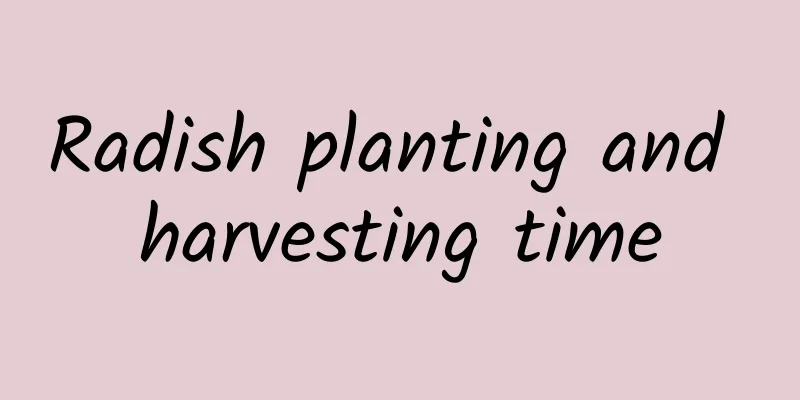Common diseases and pests of Tillandsia and their control

Disease typeRoot rotThe roots of the plant will turn black first and then slowly rot, which will also affect the growth of other roots. If the time is too long, it will affect the plant's absorption of water and nutrients. Heart rotThe leaves will rot and emit a pungent smell. You can pull them out with a gentle pull. Leaf tips turn yellowIt is obvious that the front end of the leaves turns yellow and slowly loses all moisture. Prevention and treatment methodsThese two types of rot are basically caused by high temperatures and excessive humidity in the soil and environment. At this time, you can use special agents to pour into the soil, and do it once a month when the temperature is high; pay attention to cooling and ventilation during daily maintenance. If the leaves turn yellow, it is mainly due to poor water quality, excessive fertilizer concentration and waterlogging. Change the water quality. It is best to trap the water for a few days before watering, or put it in the sun for a few hours before watering. Be sure not to allow water to accumulate when watering. When fertilizing, dilute the fertilizer strictly according to the fertilizer instructions. Pest typeScale insectsScale insects are the most common insect pests. They are very small in size, but after growing in large groups, they can cause other plant diseases and they can even overwinter. Red SpiderRed spider mites appear as tiny red dots and reproduce very quickly. Plants are most vulnerable when they are still underdeveloped. Prevention and treatment methodsIf the amount of pests is very small, they can be removed manually; if it is more serious, special pesticides need to be used for spraying, and the soil needs to be turned over and the pots changed after autumn. |
<<: Disease and Pest Control of Bottle Orchid
>>: Disease prevention and control of ginseng fruit
Recommend
When is the best time to plant sunflower seeds?
Sunflower seed planting time Sunflower is a peren...
Why can't we grow peonies at home?
1. Statement As for the saying that this kind of ...
What flowers are easy to grow and beautiful?
1. Jasmine It is one of the easiest flowers to gr...
Can river mud be used as fertilizer?
River mud as fertilizer The silt at the bottom of...
How to grow succulent bulbs and how many years will it take for them to bloom? How big can it grow?
1. Maintenance methods 1. Soil: When growing succ...
How to transplant succulents so that they change color (steps for beginners to grow succulents)
How to transplant succulent plants There are usua...
The flower language and legend of Phoenix bamboo
Flower language of Phoenix bamboo Meaning of risi...
How to make the money tree grow new shoots quickly
1. Appropriate amount of water Water has a great ...
What size pot does Clivia prefer and how to change the pot
1. How big is the basin? When growing Clivia, it ...
Plants suitable for the bedroom, flowers suitable for the bedroom
1. Christmas cactus This is a very easy-to-grow f...
Lettuce cultivation in the open air overwintering in Shandong
Lettuce, also known as celery , prefers a cool cl...
Can hydrangeas be placed in the living room?
1. Is it possible? Hydrangeas can be grown indoor...
Carnation growth environment conditions and characteristics
Carnation Growth Environment Conditions and Requi...
How to propagate Deutzia
1. Division method It is recommended to divide th...
How to prune the branches of the Fortune Tree?
The rich tree is also called locust tree, locust ...









